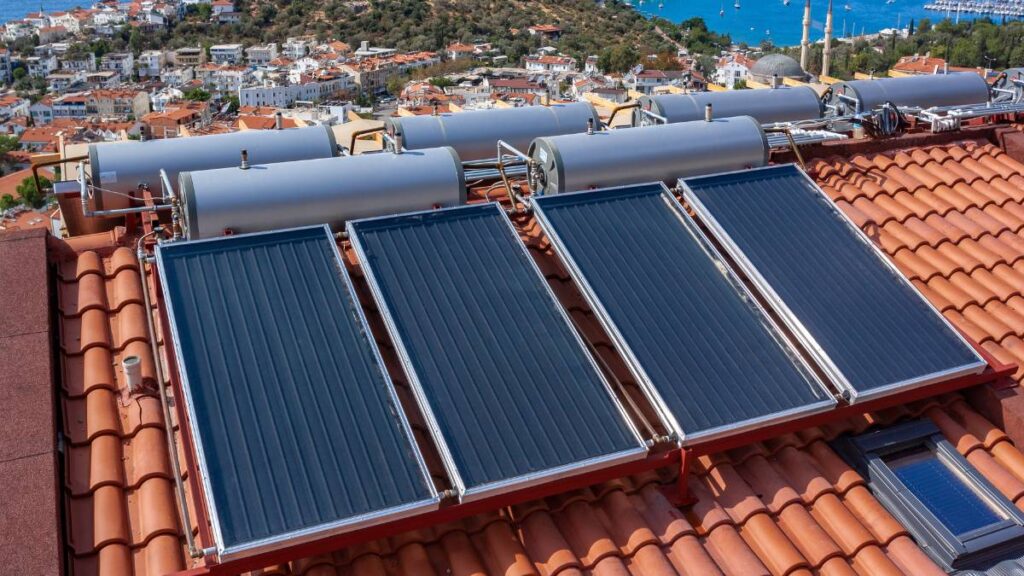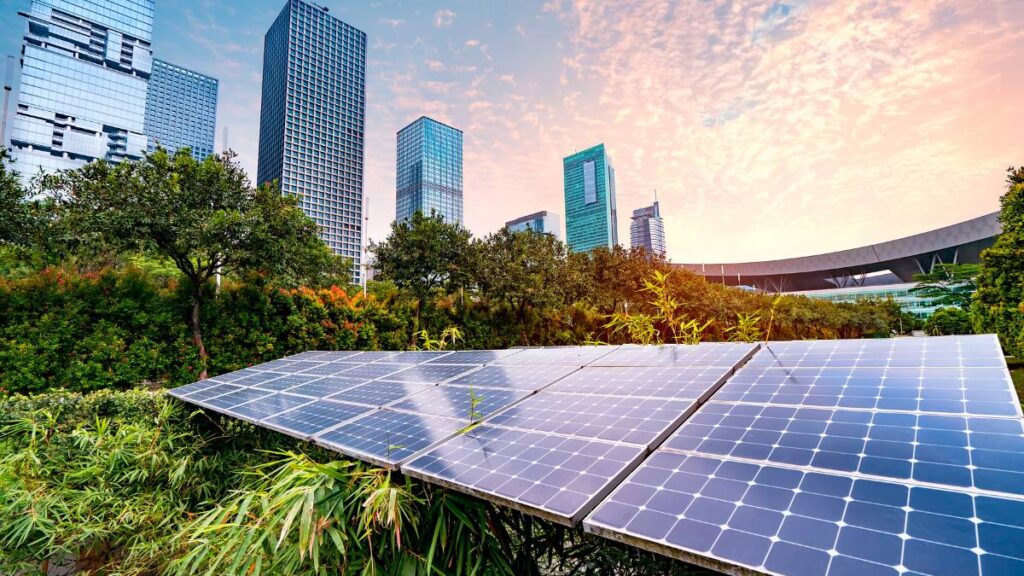Geothermal energy, a significant yet often underrepresented renewable energy source, harnesses the Earth’s internal heat for various applications, from residential heating to large-scale electricity generation. This article explores the potential and challenges of geothermal energy in the quest for sustainable energy solutions.
The Basics of Geothermal Energy
Geothermal energy utilizes the heat stored beneath the Earth’s surface. This heat can be sourced from shallow grounds, hot water reservoirs, or molten rock (magma) deep underground. The most common methods of harnessing this energy involve using ground-source heat pumps for heating and cooling buildings and extracting steam or hot water from geothermal reservoirs to power turbines for electricity generation.
Residential and Commercial Applications
In residential and commercial settings, geothermal heat pumps can significantly reduce heating and cooling costs. These systems use the stable temperature of the ground, which remains constant year-round, to heat or cool buildings efficiently. This application is particularly appealing for its low operating costs and minimal environmental impact.
Large-Scale Electricity Generation
On a larger scale, geothermal power plants generate electricity by tapping into high-temperature water or steam from the Earth’s crust. There are different types of geothermal power plants – dry steam, flash steam, and binary cycle – each suitable for specific geothermal reservoir conditions. These plants offer a reliable, constant power source, unlike some other renewable energies that depend on weather conditions.
Environmental Benefits
Geothermal energy produces far fewer greenhouse gases compared to fossil fuels. It’s a sustainable option that leverages an abundant, naturally replenished heat source. Additionally, geothermal power plants have a small land footprint, making them an environmentally friendly choice.
Challenges and Limitations
Despite its potential, geothermal energy faces challenges. The initial costs for setting up geothermal plants or installing residential systems can be high. Geothermal resources are also geographically limited, available in regions with high tectonic activity. Furthermore, there are concerns about the potential for induced seismic activity and water usage in geothermal power generation.
The Future of Geothermal Energy
Advancements in technology, like enhanced geothermal systems (EGS), are expanding the potential of geothermal energy. These systems aim to artificially create reservoirs in areas without natural geothermal resources, potentially widening the geographical scope of this energy source. As technology progresses and investments increase, geothermal energy could play a more substantial role in the global energy mix.
Conclusion
Geothermal energy offers a unique opportunity to tap into the Earth’s natural heat for sustainable power generation. While it presents certain challenges, ongoing technological advancements and a growing focus on renewable energy sources position geothermal energy as a key player in the future of sustainable energy.







